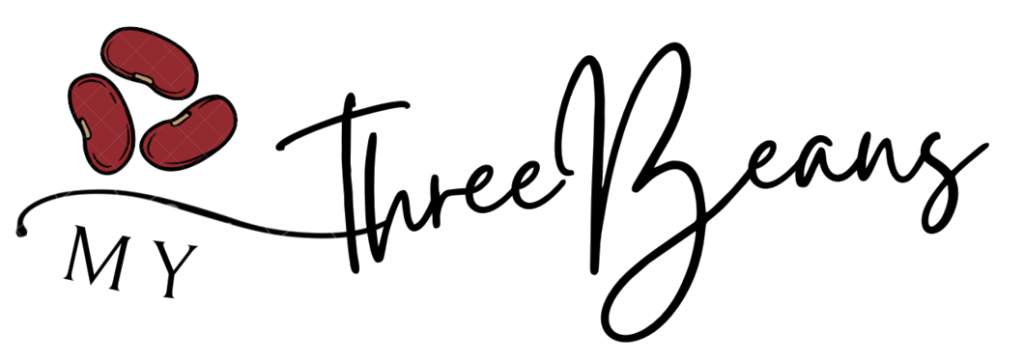- Time
- Energy
- Resources
This is the trifecta and lifeline of an ABA program.
It’s everything. If you think about it, no one goes into autism services with the inclination to not care – to treat every child the same, to neglect individual family needs, or to provide subpar services. It’s just not in anyone’s soul to have that intention, but it happens.
Why?
They are lacking time, energy, and resources.
After being a parent with a child in ABA, and then a technician and BCBA in the field of ABA, I’ve learned the ins and outs of what makes an ABA program run. I’ve seen a few different angles after having worked with a few different companies and I can tell you that it’s not an easy program to run.
Some agencies are non-profit and work off of grants, donations or scholarships. For instance, in the state of Ohio, if your child is diagnosed with autism, you can elect for your child to be in a full-time ABA program in lieu of public school. The state then allocates any funds that your child would naturally receive to attend public school to that ABA program.
Some agencies are private pay, which means that they do not bill your insurance. They operate only on your ability to pay your child’s tuition.
Some agencies bill your insurance. Your child’s ABA programming is considered a consistent out-patient service and your insurance company decides how many hours your child qualifies for and what programs they can be working on. Like any other outpatient procedure, these programs need to be approved by the insurance company. Then you may end up paying a co-pay, etc.
There are advantages and disadvantages to all of these types of programs, which we can get into another time, but it boils down to some pretty simple principles of consistent traps that ABA programs tend to fall into.
If a program is based on a scholarship, then the agency doesn’t see much of a profit, meaning their BCBAs and technicians don’t get much of a salary. Considering the education required to work in the field, the high demands of working in the field and the need to attend consistently (meaning little to no opportunities to take vacation or call off), the lack of adequate compensation often leads to techs and BCBAs getting burned out. This leads to a lot of turnover, which leads to short staffing, which leads to a child not getting consistent people to work with that understand his/her needs and specific goals.
If a program is insurance-based, then the opportunity for clinicians to get adequately paid is higher, but the demands of getting treatment plans approved is more stringent. There are more costs to the healthcare system (meaning clinicians still might not get paid properly) and there is a huge amount of stress to adequately report to the insurance company and a high chance that goals will get denied because Mr. InsuranceAgent who knows zilch about ABA has deemed them unnecessary. Usually, again, you’ll see lots of a turnaround, inadequate amount of staffing, and many times, not enough hours approved for a child to get the services they need.
A private pay is typically ideal – it’s locally owned, so admin has more of a finger on the pulse of the needs of employees. This means, generally, everyone is adequately paid, trained, and more likely to stick around because they have more investment in the company. However, this is a HUGE out-of-pocket expense on the parents.
All this to say, ABA is a very unique process. The children getting services rely on:
- The appropriate amount of hours to work on their individual needs
- CONSISTENT BCBAs and technicians to continuously work on goals and update them as needed
- The ability to change goals that a child no longer needs and focus on ones that will serve them better
- CONSISTENT parent involvement in the form of training, frequent updates and communication
Unfortunately, this is the gold standard of programming that is almost impossible to meet given the circumstances that many ABA companies face. This BY NO MEANS means that every ABA program is subpar. It does require that ABA companies have very clear priorities.
As long as your ABA program sets these as their guiding standards, you have found yourself in a great program:
- Child first – Priority one is that your child is working on goals that are specific to them, and if an agency is short on resources or staff, they still find a way to maintain those goals being worked on
- Parent involvement – It’s totally great for your child to get however many hours of therapy. I’m all for it, but the key component is how an ABA company shows YOU what they’re doing and how they’re doing it so progress can carry over at home. I don’t care if your child gets 2 hours a day or 8 – if you know the goals and you know how to work on them, your child flourishes. If not, then your child learns to do certain things with certain people
- Collaboration – practitioners should always be willing to collaborate with the rest of the care team. It’s rarely ONE therapy that makes all the difference. It’s usually a good balance of everything a child is involved in. Make sure that your team is on board with working together
Did you find this article helpful? Comment below your biggest take away or what you struggle with most when looking for a program for your child!
If you would like more 1:1 help on how to find the best program for your child book a call with me here.
OR join my Free Facebook Community to learn and get support!



Leave A Comment